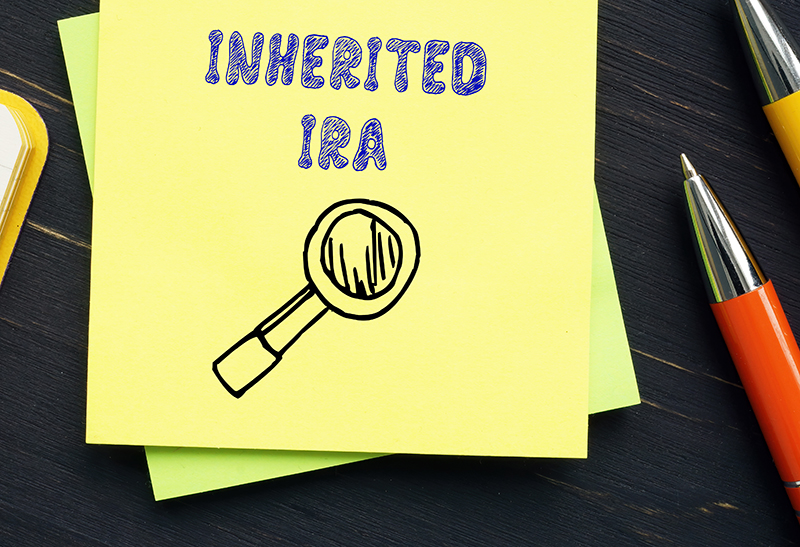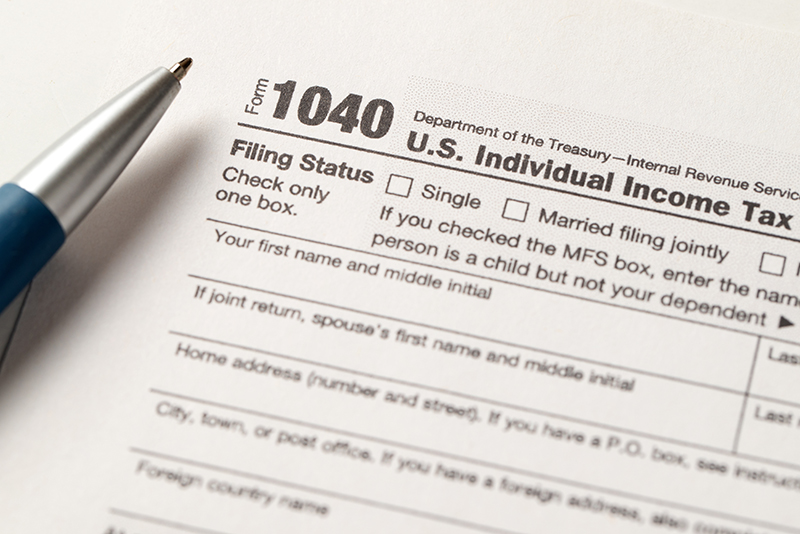I Inherited Two IRAs. Can I Combine Both Inherited IRAs?
November, 06 2023 by Carolyn Richardson, EA, MBA
My mom passed away about a year ago, and I inherited two IRAs. Can I roll over one of the IRAs into the other inherited IRA if it is done by direct transfer? Thank you.
-Andrew, New York
Dear Andrew,
Thank you for submitting your question about your inherited IRAs. You mentioned that your mom had passed away last year, and you inherited two IRAs from her. You were wondering if you could roll over one of the inherited IRAs into the other inherited IRA, as long as you did so by a direct transfer.
I admit your question had me stumped for a minute, as I had never even considered the possibility of inheriting multiple IRA accounts but, given that I own several myself, that shouldn’t be a surprise! Many people have multiple IRA accounts, so this is probably a pretty common situation.
When an IRA owner passes away, how the beneficiary is required to treat the IRA depends on whether the beneficiary was the owner’s spouse or a non-spouse beneficiary, such as a child or sibling. Spouses receive much more lenient treatment when they inherit an IRA from their deceased spouse, as they can choose to leave the IRA in the name of the decedent, or they can elect to treat the IRA as their own IRA. If they leave the IRA in the name of the decedent, it remains an inherited IRA and must be handled as one, which means that no further contributions can be made to the IRA account and the IRA must be renamed to something like, “The John Smith IRA for the Benefit of Sally Smith.” If the spouse is under the minimum age of 59½ where distributions are allowed without penalty, we normally would recommend leaving the IRA as an inherited IRA until such time that the spouse is over that age. That way, if the spouse needs to withdraw money from the inherited IRA before they attain the age of 59½, they can do so without paying the 10% early distribution penalty. Once the spouse is over 59½, they can then move the money into their own IRA if they choose, and it is then treated like any other IRA they own. Spouses may elect to treat an IRA they inherit from their spouse as their own IRA at any time.
Non-spouse beneficiaries do not get to elect to treat the IRA as their own, ever. The IRA must be maintained in the name of the original owner, with the beneficiary’s name added to the title as the beneficiary. And under the SECURE Act 2.0, non-spouse beneficiaries must generally withdraw all of the funds in the IRA by December 31st of the 10th year after the death of the IRA owner, although there are exceptions for beneficiaries who are “eligible” designated beneficiaries (generally, a spouse, minor child under age 21, disabled or chronically ill individual, or an individual who is not more than 10 years younger than the deceased).
The good news is that you can combine the IRA accounts, as long as they were inherited from the same person who has passed away (called a decedent). So, if both of the IRA accounts were inherited from your mother, you can combine them into one inherited IRA either by transferring the funds from one inherited IRA to the other using a direct trustee-to-trustee transfer, or by creating a new beneficiary IRA account and transferring both inherited into the new account using the direct trustee-to-trustee transfer option. Keep in mind that inherited IRA accounts must be titled correctly, such as “The Jane Smith IRA for the benefit of Andrew Smith.”
This answer, of course, would be different if you inherited the IRA accounts from two different people. For example, if you had inherited one IRA from your mother and another IRA from your father, you could not combine those two inherited IRAs into a single IRA. Because the IRA account must remain in the name of the original owner, you would then need to maintain them as two separate inherited IRAs, such as, “The Jane Smith IRA FBO Andrew Smith” and “The John Smith IRA FBO Andrew Smith.” FBO in this case stands for “for the benefit of.”
Since you are a non-spouse beneficiary of your mother’s IRAs, you must follow the 10-year rule for taking distributions from the IRA (or IRAs, if you keep them separate) if you are not an eligible designated beneficiary, as mentioned earlier. While you aren’t required to withdraw the funds immediately, they must be completely withdrawn by December 31 of the 10th year after the year of your mother’s death. So, if your mother passed away in 2023, you have until December 31, 2033, to withdraw all money from the IRA. If the balances in the IRAs are substantial, it would probably be better to withdraw some funds each year to reduce the balance, depending on your own income. You should consult with a tax professional and/or a financial planner to determine what would be the best course of action for you with regard to distributions.
We hope this has answered your question.
Sincerely,
Carolyn Richardson, EA, MBA





